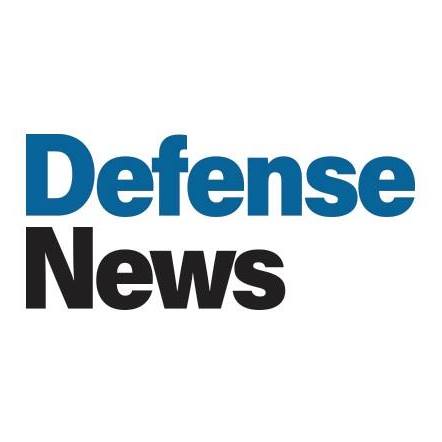


PARIS – NATO will kick of its annual nuclear-deterrence exercise Steadfast Noon on Monday with what will be among the largest number of participating aircraft in recent years.
This year’s edition will center around the North Sea area in Northwest Europe, with aircraft operating out of the Netherlands’ Volkel Air Base as the main hub, NATO officials said in a briefing ahead of the exercise. The United States will participate with four F-35s jets in the dual-capable aircraft role for the first time, with that role previously performed by the F-15E Strike Eagle.
The exercise comes at a time of heightened nuclear tension, with Russia’s Deputy Foreign Minister Sergey Vershinin in February warning of a high risk of direct military confrontation between nuclear powers, and as countries including France and Russia work to modernize nuclear warheads and delivery systems.
NATO officials emphasized the recurring nature of Steadfast Noon, which has been held every October in recent years. The exercise is routine and isn’t targeting any particular country, nor is it linked to any real events, NATO Director of Nuclear Policy Jim Stokes said in the briefing.
“It’s a yearly training and it is regular, and we need to do this because it helps us to make sure that our nuclear deterrent remains as credible and as safe and as secure and as effective as possible,” NATO Secretary General Mark Rutte said in a video address Friday. “It also sends a clear a signal to any potential adversary that we will and can protect and defend all allies against all threats.”
NATO is stepping up communication around Steadfast Noon this year, which is “not necessarily directed at Russia” or a signal to a particular actor, but is about informing public debate and opinion, according to Stokes.
“We want to make sure that folks understand that we’re a responsible nuclear alliance,” Stokes said. “We are not acting aggressively, we are not using irresponsible nuclear rhetoric. We’re also not doing anything other than ensuring that we are prepared to defend ourselves if we need to, because NATO is a defensive alliance.”
Steadfast Noon will start with briefings of personnel on Monday. Flight operations begin the next day, according to Col. Daniel Bunch, chief of NATO nuclear operations at Supreme Headquarters Allied Powers Europe.
The exercise won’t use any actual nuclear weapons, though it will involve fighter aircraft and pilots certified for the nuclear mission, Stokes said. Part of this year’s Steadfast Noon will focus on protecting the nuclear assets on the ground against a variety of threats, according to Bunch.
At least 71 aircraft from 14 countries will participate in this year’s edition, with Germany sending three Panavia Tornado jets and contributing four jamming aircraft, while Poland will provide three F-16s and Finland four F-18s, Bunch said.
Rutte said Dutch F-35 jets operating from Volkel will be part of the exercise, while Sweden said it will join with Gripen aircraft. The U.S. will send tankers and other support aircraft in addition to the F-35s, according to Bunch.
This year’s participation compares with around 60 aircraft taking part in the past three editions since 2022, while NATO says “dozens” of aircraft participated in the 2021 exercise. Steadfast Noon will mobilize around 2,000 personnel directly supporting the exercise, according to Bunch, similar to last year.
In addition to a number of countries providing dual-capable aircraft for the strike mission, allies will provide electronic-warfare aircraft, assets for intelligence, surveillance and reconnaissance and command and control aircraft, as well as refueling tankers, “which are vital to get the aircraft the distance to the target,” Bunch said.
Dual-capable aircraft refers to aircraft that can deliver both conventional and nuclear weapons, which includes Germany’s Tornado, as well as the American and Dutch F-35 jets.
While Volkel Air Base will be the main hub, RAF Lakenheath in the United Kingdom. and Kleine Brogel Air Base in Belgium will host supporting elements, and a large contingent of conventional support for nuclear operations will operate from Fighter Wing Skrydstrup in Denmark, according to Bunch.
France isn’t participating in the exercise, as the country keeps its nuclear forces separate from NATO’s command-and-control structure and decision-making process, Stokes said. He said discussions between France and the U.K. on closer nuclear cooperation are encouraging — and enhance security.
“In Paris, they’re continuing to look at ways to also reassure their allies within alliance construct and broadly across Europe, and looking at ways to really sort of bolster nuclear deterrence overall in this security environment, and we think that’s a very welcome thing,” Stokes said.
Rudy Ruitenberg is a Europe correspondent for Defense News. He started his career at Bloomberg News and has experience reporting on technology, commodity markets and politics.

